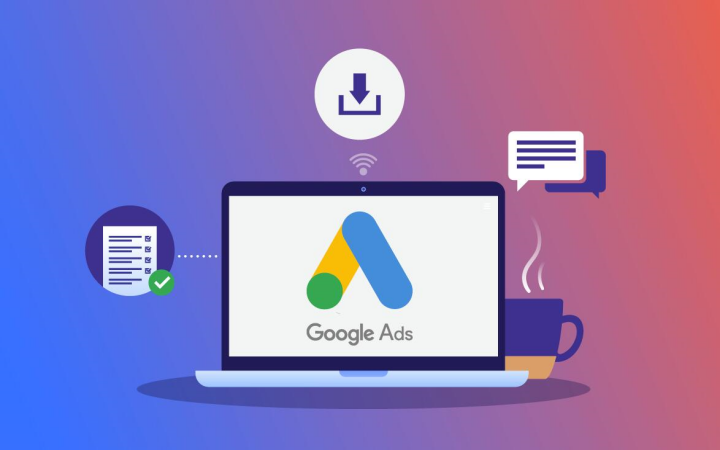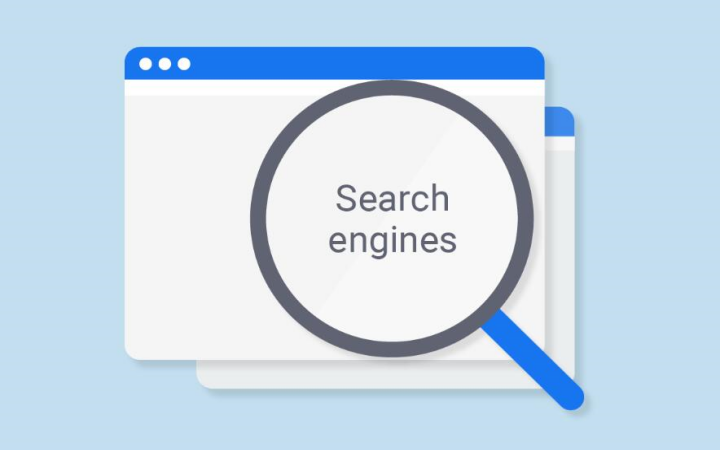In the digital marketing maze, the art of Facebook ad optimization shares an analogy with a double-edged sword as far as power is concerned: it can upgrade your business but is difficult to implement without proper tactics.
Whether you are a beginner or an experienced marketer, these ten strategies will not only help you have a deeper connection with your target audience on this social platform but also make sure that money used in advertising brings returns as expected.
Get ready and take some notes because we are going to share secrets that can help raise your Facebook Ads game higher than ever before.

An Objective must be set clearly
Any successful marketing campaign starts with a clear goal. In the case of Facebook Ads, failing to follow this crucial step is similar to sailing with no compasses. Your goals should be specific and Measurable. They should also be achievable relevant, Time-bound, and Relevant (SMART).
Writing SMART goals:
- Specific: Do you want to increase the sales for a certain item, improve website traffic, create leads, or even promote an event?
- Measurable: How will you determine if your advertisement was a success or not? Such metrics may range from using conversion tools such as Facebook Pixel to creating custom events aligned with the goals set during this campaign among others.
- Achievable: Set realistic targets based on past performance and industry benchmarks rather than shooting too high which might leave you feeling disappointed at the end or too low to cap yourself below potential.
- Relevant: Your objectives should be in line with wider business aims. For example: if your company is looking at new market penetration as part of its growth strategy then the content of the ads should also reflect this strategic direction.
- Time-bound: Set deadlines against which they can be measured for effectiveness; it serves to create urgency around reaching them and provides checkpoints throughout on whether you are succeeding or not.
Audience Targeting
Facebook’s ability to target audiences is the best thing about its advertising. This platform can be used to find your perfect customer by looking at their demographic data, interests, and behaviors among other things. But you need to know the audience well if you want them to act on what they see in the ad set.
- Segmentation: Divide your audience into different groups based on some factors. To illustrate, you can have an ad set for loyal clients and another for new prospects.
- Personalization: Use dynamic creative tools that will allow you to customize ads shown to people belonging to the various segments of the audience. For instance, this might involve showcasing different products or highlighting specific benefits likely to appeal more to each group than others.
- Exclusions: It is equally important not to include those individuals who are unlikely to perform well after viewing these communications among audiences targeted through them. In such a case, this might mean excluding current clients when trying to get new leads.
Unquestionable Advertising Copy
Amazingly enough, given the ultra-brief form of Facebook Ads, words are incredibly powerful. That is to say, they can either enthrall the reader or be engulfed by the digital noise.
The following creates engaging copy:
- Be Brief: Given that Facebook users scroll so quickly, your ad copy must capture their attention in a few words.
- Emphasize gains: What can your product or service do for the customer should be emphasized. In other words, features come second to benefits where selling is concerned.
- Include an Call for Action (CTA): Help the customer know what they should do next. Create your CTA strong and clear whether it’s “Learn More,” “Shop Now,”” or “Sign up”.
- Urgency and Scarcity: Create a sense of urgency with time-limited offers or encourage immediate action by limiting stock levels.
Visual Appeal
A picture paints a thousand words; and on Facebook, it may well draw a thousand clicks. Your ad’s images are the foremost thing users notice, and usually the thing that grabs their interest – or doesn’t.
The creation of visually captivating advertisements requires:
- High-Quality Pictures and Videos: Make sure that your pictures are not just clear but also relevant to your message. Blurry photos can damage the credibility of your brand.
- Try Different Formats: Single images, carousels, and instant experiences are among the various advertising formats available on Facebook. To see which works best with your audience, you should experiment with different formats of ads on the platform.
- Consistency in Branding: Keep everything in line with company branding guidelines. Scream out loud that this is you, using color schemes and choosing logo placements, no matter what.
A/B Testing
The following are steps for implementing A/B tests:
- Start with a Hypothesis: Point out an aspect of your advertisement that you think can be improved; for instance its heading, image, or CTA button.
- One Variable at a Time: Only modify one thing between version ‘A’ and ‘B’ of the ad to ensure a fair experiment.
- Collect Data: Put each ad on for a specific period and then collect the numbers before comparing them side by side.
- Implement Winners: Whichever of the two consistently outperforms the other becomes your champion so make sure it informs your future creative.
Budget Allocation
How you distribute your budget might significantly affect the efficiency of your Facebook Ads. You should pool money for promising campaigns instead of many ads that will use your little budget for nothing.
Strategies for budgeting effectively include the following:
- Regular Audits: Check how your ad campaigns perform regularly. If there are any underperforming ones, transfer funds to those that deliver results.
- Objective-Based Campaigns Priority: Give more money to campaigns that are in line with your main key objectives directly.
- Monitoring Daily Spend: Make sure you keep an eye every day on what part of the budget is spent each day so as not to be shocked at the end period by overexpenditure.
Monitoring Metrics
- CTR: This is the frequency at which those who view your advertisement decide to click on it. A high CTR indicates that your ad is engaging and relevant.
- Percentage of Conversion: Find out how many people who clicked on your advert took an action that they wanted to take, such as purchasing some item, or signing up for an electronic newsletter.
- Cost Per Act (CPA): This gives you the average cost you’re paying for every step. The lower your CPA results in better spending.
- Return on Ad Spend (ROAS): An important metric to measure ROI. ROAS is the measure of the amount of revenue that is generated percent spent on Facebook ads.
Optimizing Ad Placement
Facebook provides a range of advertising options, including the news feed, Instagram Stories and Audience Network. Relevance is a key factor in the success of ads.
Selecting the right placements:
- User Behavior Understanding: Different placements attract different user behaviors. Find out where your audience is likely to interact with your content the most.
- Device Consideration: The way people interact with adverts varies depending on the device they use. For instance, carousel ads may work better for mobile users compared to desktop users who may prefer video content.
- Suggestive Power: Utilize captivating pictures, as well as convincing texts that go hand in hand with the context of the placement. It can be very effective when an ad ‘tells a story’ within an Instagram Story placement.
Mobile Optimization
More than half of Facebook users use the site exclusively through the mobile device. Making sure that your advertisements can be optimized for smartphone devices is not only an excellent method, it’s an absolute requirement.
Optimizing for mobile:
- Design for Vertical: You should design your ad content in such a way that it is easily viewable on a vertical screen, as most mobile phone users hold their devices upright.
- Quick Load Times: Because users do not have time to waste; especially when browsing through their mobile phones, ensure that your site loads quickly by compressing images so that they are mobile-friendly.
- CTA Placement: Ensure that call-to-action buttons are strategically placed within reach of the thumbs and sizable enough for tapping without difficulty.
Retargeting Strategies
Retarget or remarket by showing your advertisements to people who have already engaged with your brand in a certain way. For example, it can bring about greater conversion rates since they are a warm audience that you are focusing on.
How to implement retargeting effectively:
- Create Custom Audiences: Utilize Facebook’s tools for creating custom audiences depending on website visits, email sign-ups, or past purchases.
- Tailored Messaging: Design ads and creatives crafted to the various phases in the buying process. For instance, someone who has visited your website before could respond better to a direct sales pitch than a new prospect would.
- Frequency Capping: Do not overdo it so much that it becomes annoying; avoid overwhelming your target audience with many ads at once. Set frequency caps that limit how many times an individual sees the retargeting ads within certain periods to prevent ad fatigue from setting in.
Conclusion
By creating distinct goals, sharpening your aim, composing enticing ad texts, and constantly evaluating and tweaking them; you guarantee that each penny spent on Facebook Ads is worthwhile and brings about significant business success. Regardless of whether you are a veteran in marketing or just commencing, there are endless opportunities for growth and prosperity through the right approach on this platform. Be mindful that Rome was not built in one day so too with an effective advertisement campaign!


